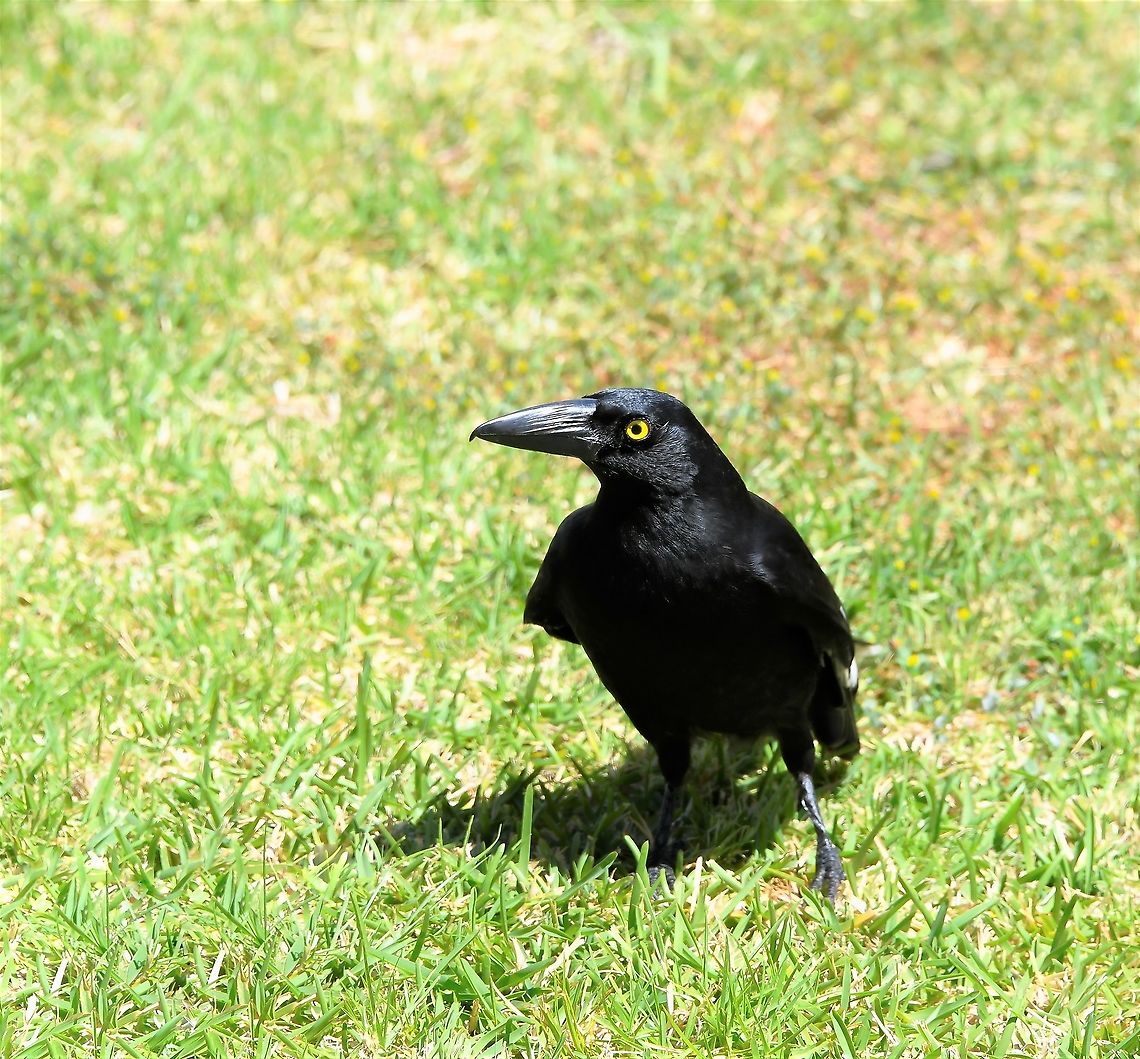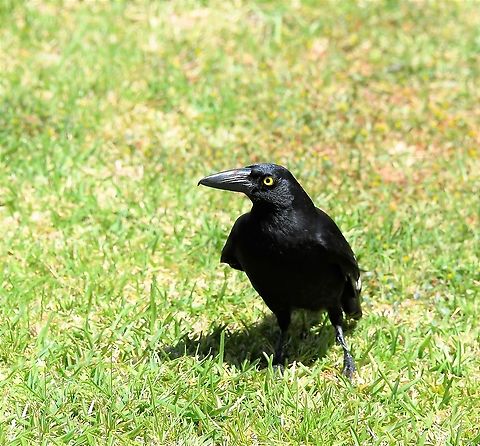 Promoted
Promoted
Pied currawong
The currawong is a large, mostly black bird, with a piercingly bright, yellow eye. Small patches of white are confined to the under tail, the tips and bases of the tail feathers and a small patch towards the tip of each wing (one can see them best when the bird is in flight). The bill is large and black and the legs are dark grey-black. Both sexes are similar.
These birds feed on a variety of foods including small lizards, insects, caterpillars and berries. They also take small and young birds - and I have noticed in my gardens that when the currawongs are around, the smaller birds become scarce.
Found throughout the east of this country, from northern Queensland down to Victoria. They prefer forests and woodlands and have become well adapted to suburban areas.
Common name include crow-shrike and bell-magpie. I love their song, uniquely Australian and also their undulating flight. When on the ground, they have a funny, two-footed hopping gait and continuously turn their heads left and right looking for potential threats.
50 cm length

The Pied Currawong is a medium-sized black passerine bird native to eastern Australia and Lord Howe Island. Known for its melodious calls, the species' name "currawong" is believed to be of indigenous origin.

comments (7)